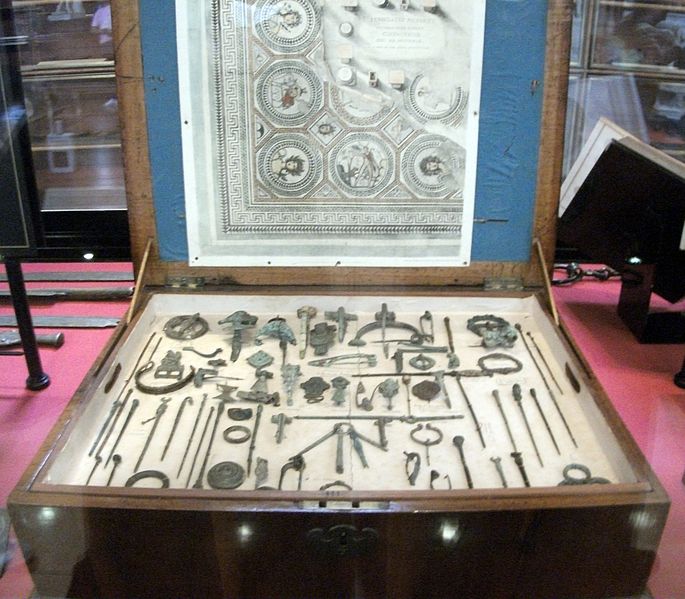Archaeology is a complicated study and with the addition of new technologies and methods of discovering historical sites, the discipline often requires reliance upon other fields to operate properly. But while those peripheral technological fields may be growing, the actual study of archaeology itself may be in danger. Along with the shrinking of archaeology programs within universities, this discipline has a number of other problems that may prove to be hurdles in the future.
The numbers of people practicing within the field are already low, but now they are getting worse. People are tending to think of archaeology as not being a viable course of study. It’s easier to secure employment and a larger paycheck if one devotes their university time to things like business, engineering or computers. In our economic climate, the pursuit of an economically viable trade often overrides the desire to study something you love, especially when you consider the steadily rising cost of higher education.
In conjunction with that shift comes the dwindling numbers of archaeology programs available. University funds are being channeled into areas where those who control the money are reasonably sure that they can find students to fill seats and pay tuition. Thus, they are forced to model their curriculums on economic factors as opposed academic ones. Since education is one of the major areas to suffer due to economic difficulties, these decisions must be made constantly. Thus, archaeology sees fewer students, less classroom time and less funding overall.
It’s unfortunate that we have to sit back and watch this happening. The study of our past is important in understanding not only ourselves, but the future as well. If people lose the motivation and ability to put priority on archaeology, many sites and artifacts may be lost while we sit around trying to make up our minds.
